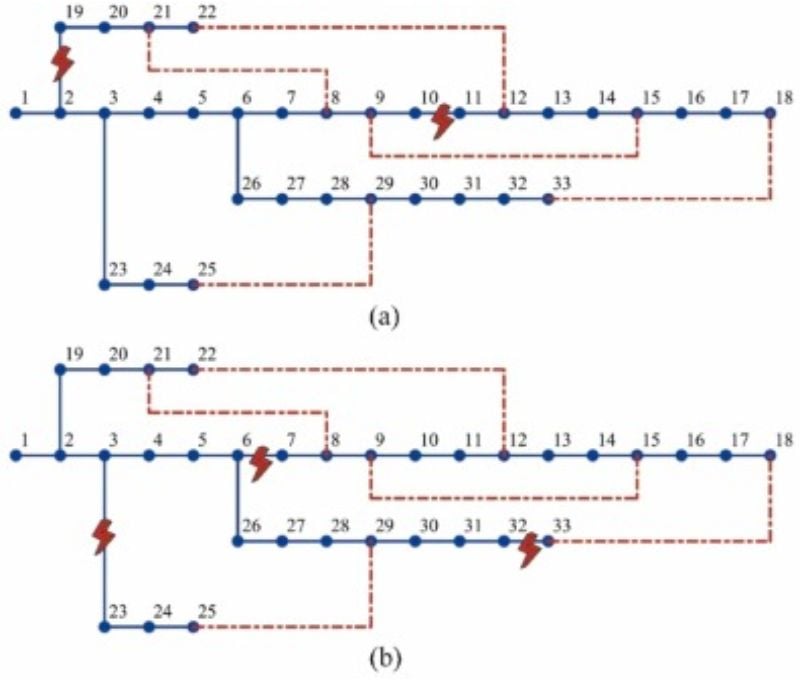Enhancing Grid Resilience With Mobile Emergency Generators
Mobile emergency power generators are increasingly used for disaster relief, but deploying these units can be challenging. Researchers have created a way to evaluate how they can be used most effectively.
In an era marked by escalating natural disasters, the resilience of power grids has emerged as a critical global concern. More frequent extreme weather events challenge power infrastructure and call for innovative solutions. Central to these solutions is the strategic deployment of mobile emergency generators (MEGs), which are pivotal in mitigating the impacts of these disasters.
Mobile power generator. Image used courtesy of California Department of Water Resources
In a study recently published in the Journal of Economy and Technology, researchers developed and tested a method for evaluating the utilization efficiency of MEGs in power grids. This article will review the need for MEGs, the challenges facing their deployment, and the framework researchers propose.
The Need for Mobile Emergency Generators
Climate-change-induced extreme weather events fundamentally challenge the resilience of power systems. Such events have led to large-scale power outages, exemplified by the 2021 Texas power crisis, causing extensive economic losses and highlighting the vulnerability of distribution systems. Approximately 90% of power outages originate in distribution systems, underscoring the urgency to bolster their resilience. Mobile emergency generators emerge as a key solution in this context. MEGs, typically equipped with vehicle-mounted generators, provide emergency power to support critical loads and facilitate system restoration due to mobility and capacity.
Two failure scenarios of a 33-bus distribution network. Image used courtesy of Ren et al.
However, the deployment of MEGs presents its own set of challenges. Given the unpredictability of extreme weather events, the traditional approach of considering typical scenarios for MEG deployment has proven increasingly ineffective. A methodical and efficient deployment strategy is crucial, considering the number of failed components and the exact location of failures in the grid.
The Theoretical Framework for MEG Deployment
The framework proposed in the research paper introduces a stochastic geometry-based method to assess the impact of MEG deployment on distribution networks during extreme weather events. This method includes a new distance measure to characterize the electrical connections between power grid components and a set of assessment metrics to quantify the structural resilience of distribution networks. The framework facilitates an analytic assessment of MEG deployment, enhances the resilience of distribution networks, and provides insights for efficient resilience enhancement measures.
The initial configuration of the researcher’s 118 bus test system. Image used courtesy of Ren et al.
Key to this framework is the understanding that deploying mobile power sources affects not only the grid's structure but also the survival of critical facilities. The study's point process model for distribution networks incorporates the structural resilience of a power network, managing resilience from the perspective of network structure. This includes network topology, connectivity between power grid nodes, and statistical indexes of electrical structural features. Additionally, the study employs Voronoi tessellation to accurately depict the service coverage of MEGs, addressing the challenges of pre-allocating MEGs before disasters.
Analytical results for distance distributions between power grid nodes and structural resilience metrics further underpin the framework's robustness. The research team believes that this theoretical framework technology will assist power grids in weathering extreme conditions, optimizing resource utilization, and realizing economic and social benefits.
A Safer Future Using MEGs
The introduction of a novel framework for assessing the utilization efficiency of mobile power sources in power grids marks a significant stride in enhancing power grid resilience. This research provides a deeper understanding of MEG deployment strategies and paves the way for more effective utilization of mobile power sources in the face of extreme weather events.
With natural disasters increasing, such advancements in power grid technology are essential. They represent a crucial step towards ensuring reliable electricity supply and safeguarding critical infrastructure, contributing significantly to societal resilience in the face of environmental challenges.









